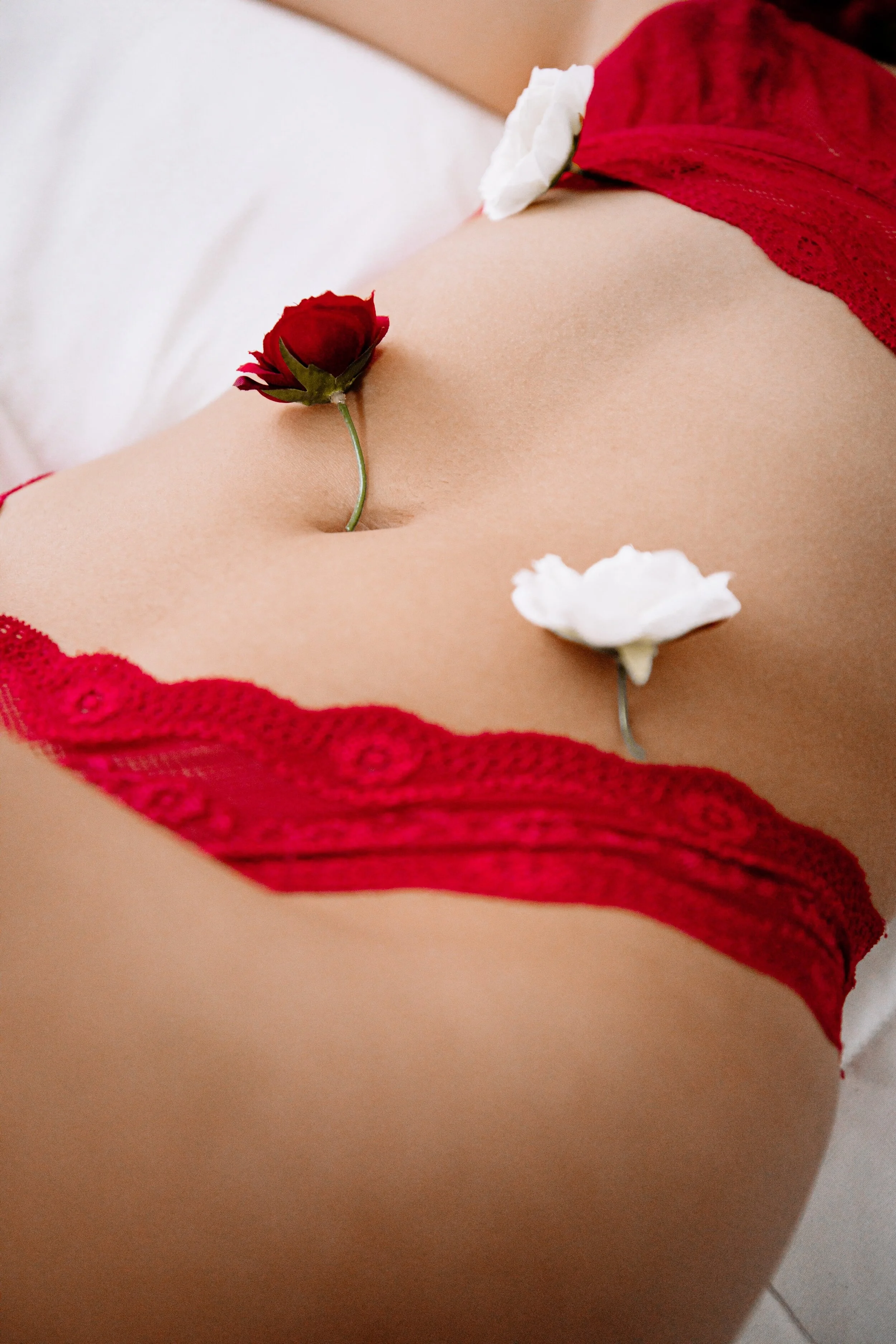What Are The Fertility Rates By Age?
Considering the societal shift of recent years portraying reproduction as a milestone to hit after setting a career path leaves the question of whether delaying reproduction negatively affects fertility. In the past, the goal of parents was to have babies earlier on so that the chance of healthy pregnancy was higher. In those times, this was acceptable because fewer women were working full-time jobs, so it didn’t matter to reproduce at a younger age. Times have changed, and more and more women are working full time and are focused on building a career for themselves independent of their partner, resulting in a delay in reproduction. This shift has led many people to believe that ‘30 is the new 20’ when talking about reproduction. Age is one of the easiest ways to predict fertility, but it is not the only indicator. Let’s dive into the truth of the matter and see how much fertility rates by age can change and the biological evidence for when fertility can start to decline.
Source: 28101110
Here are 5 fertility rates by age:
1. Early 20s
The early 20s from age 20 to 25 have the best fertility rates by age. This is because your ovarian health reaches a peak where you have an abundance of high-quality eggs ready for ovulation. The state and abundance of your eggs are two of the most important parts of fertility because if a low-quality egg ovulates, then the chances of a sperm fertilizing it for conception is decreased. During your early 20s, fertility rates are about 25% on the first try if you have unprotected sex a few days before ovulation. It’s important to know that although you have the best chance of getting pregnant at this age range, it is not guaranteed. Ensure you are eating the proper nutrients for fertility and understand ovulation by tracking it to have the best chances of pregnancy.
Source: 21234171
2. 25-30
The subsequent best fertility rates by age are between 25-30 years old. After your early twenties, each year that goes by, your fertility rates by age decline, making it slightly more challenging to carry out a full-term pregnancy. Doctors may start to investigate your antral follicle count. These antral follicles contain premature eggs that can eventually mature to prepare for ovulation. The higher the antral count the higher the chances of fertility. During this age group, the average antral follicle count is 15. Typically within this age range, most couples, 40-60%, have successful pregnancies after 3 months of trying. Since it is slightly more difficult to conceive during this time, it is more important to take prenatal supplements, exercise regularly to be in the best shape for conception.
Source: NIH
3. 30-35
During your early 30s is when fertility rates by age can start to decline more intensely. However, most women today are trying for pregnancy during this age range. In fact, 1 in 5 women in their 30s are having children at this time. In your 30s, fertility rates by age are reduced to half compared to earlier years. Fertility rates per month in your early 30s are at about 12% on average, and antral count remains similar to your late 20s. The amount of eggs you have during this time has decreased, but they are still probably high quality, which helps maintain a decent fertility rate. The belief that 30 is the new 20 is still false biologically, but in terms of conception trends, it holds true because more couples are having babies in their 30s rather than their 20s.
4. 35-40
During the ages 35-40, fertility rates by age decline drastically, resulting in a below 10% fertility rate each month. On average, the antral count decreases to 9 during this age range. Premenopausal symptoms can start to occur in this time frame resulting in irregular periods and reduced estrogen levels, both indicators of low-quality eggs and a low amount of eggs. In this age bracket, medical guidance is required to determine the state of your ovarian reserve and egg health.
Source: NIH
5. 41+
During the ages, 41+ fertility rates by age are at their very lowest, coming in at 5%, and the average antral follicle count is about 4 during this time. Many women experience menopause at this life stage which is the natural decrease in reproduction. Additionally, if conception occurs, there is a 2 or 3 fold increase in spontaneous abortion or pregnancy complications. Some common complications of pregnancy at this age range are hypertension, preeclampsia, diabetes, and stillbirth. All reproductive hormone levels at this time are decreased, and egg quality and quantity are at their lowest. The ovarian reserve needs to be identified and monitored as a woman attempts pregnancy in this age group.
Source: 8367130







